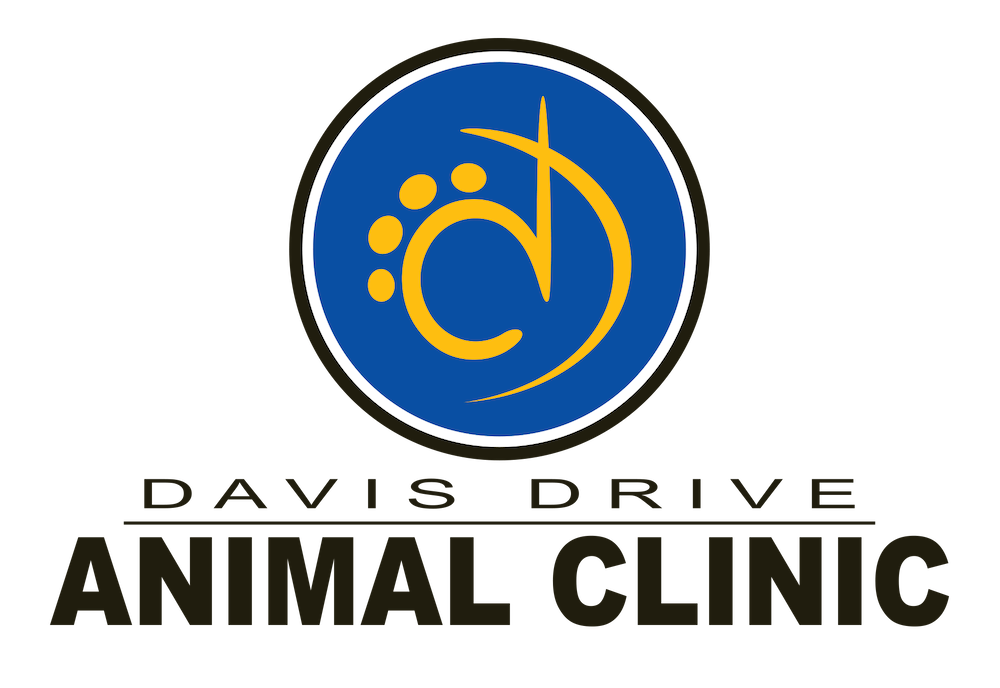Library
-
Diabetes mellitus is an inability to regulate blood glucose caused by a loss of insulin production (Type I) or inadequate insulin supply or resistance (Type II). In cats, diabetes mellitus is most often type II. This type of diabetes usually results from obesity, creating insulin resistance. Cats with type II may be treated with oral medication, but some cats may ultimately require insulin injections. Diet is also important. This article discusses various treatments and monitoring regimens.
-
Diabetes mellitus is an inability to regulate blood glucose caused by a loss of insulin production (Type I) or inadequate insulin supply or resistance (Type II). Dogs need insulin injections to manage diabetes. Sometimes special diets may help manage the disease. Response to insulin needs to be monitored to ensure adequate dosing and to avoid hypoglycemia caused by insulin overdose. Blood glucose curves are most commonly used for this including: in-clinic blood glucose curves, home glucose curves with hand-held glucometers and continuous glucose monitoring systems. Urine glucose testing and fructosamine testing may also be used to manage the disease. Hypoglycemia is the consequence of administering too much insulin compared to the amount of food ingested. Signs can range from lethargy to seizures and coma. It can be managed acutely with administration of sugar syrup to the gums but more severely affected dogs will need IV dextrose solutions.
-
Diabetic ketoacidosis is a medical emergency that occurs when there is not enough insulin, or the available insulin isn’t effective enough to control blood sugar (glucose) levels. Your veterinarian needs to perform appropriate tests to diagnose this disease, as similar signs can occur with other medical conditions. Treatment involves hospitalization with IV fluids, short-acting insulin and electrolyte replacement. The most important step in prevention is ensuring careful insulin dosing and disease monitoring.
-
Diabetic ketoacidosis is a medical emergency that occurs when there is not enough insulin in the body to control blood sugar (glucose) levels. It is important for your veterinarian to perform appropriate tests in order to diagnose this disease as similar signs can occur with other medical conditions. Treatment involves hospitalization with IV fluids, short acting insulin and electrolyte replacement. The most important step in prevention is ensuring proper insulin dosing is being administered.
-
Cats with diabetes have the potential to go into remission where they may no longer need to receive insulin. Factors that can affect the likelihood of remission include the type of insulin given, your cat's diet, and how long your cat has been diabetic. It is important to recognize the signs of hypoglycemia, as they may be your first indication of remission.
-
Dog Behavior Problems: Aggression Diagnosis and Overview
La agresividad es el problema de comportamiento más serio y peligroso con el que se puede encontrar un propietario. Es esencial realizar un examen físico completo (incluyendo analíticas de sangre u otras pruebas que el veterinario considere necesarias) para descartar problemas médicos que puedan contribuir a la conducta agresiva y determinar qué tipo de agresividad presenta el animal.
-
The diaphragm is the muscular partition that separates the abdomen and the chest. Tearing or disruption of this thin muscle is called a diaphragmatic hernia or diaphragmatic rupture. The most common cause of diaphragmatic hernia is blunt force trauma.
-
The diaphragm is the muscular partition that separates the abdomen and the chest. Tearing or disruption of this thin muscle is called a diaphragmatic hernia or diaphragmatic rupture. The most common cause of diaphragmatic hernia is blunt force trauma.
-
Diarrhea in Cats
La diarrea ocurre cuando el gato elimina heces no formadas o heces líquidas. Generalmente se acompaña de un aumento del volumen de las heces y de la frecuencia de defecaciones. Esto ocurre porque por algún motivo se aumenta la velocidad en la que las heces pasan por los intestinos y se reduce la absorción de agua, nutrientes y electrolitos. La diarrea no es una enfermedad, es un síntoma que suele acompañar a diferentes enfermedades.
-
Diarrhea in Dogs
La diarrea en el perro es un motivo frecuente de consulta al veterinario. Normalmente los perros defecan 3 veces al día y las heces son consistentes, es decir, conservan su forma.




